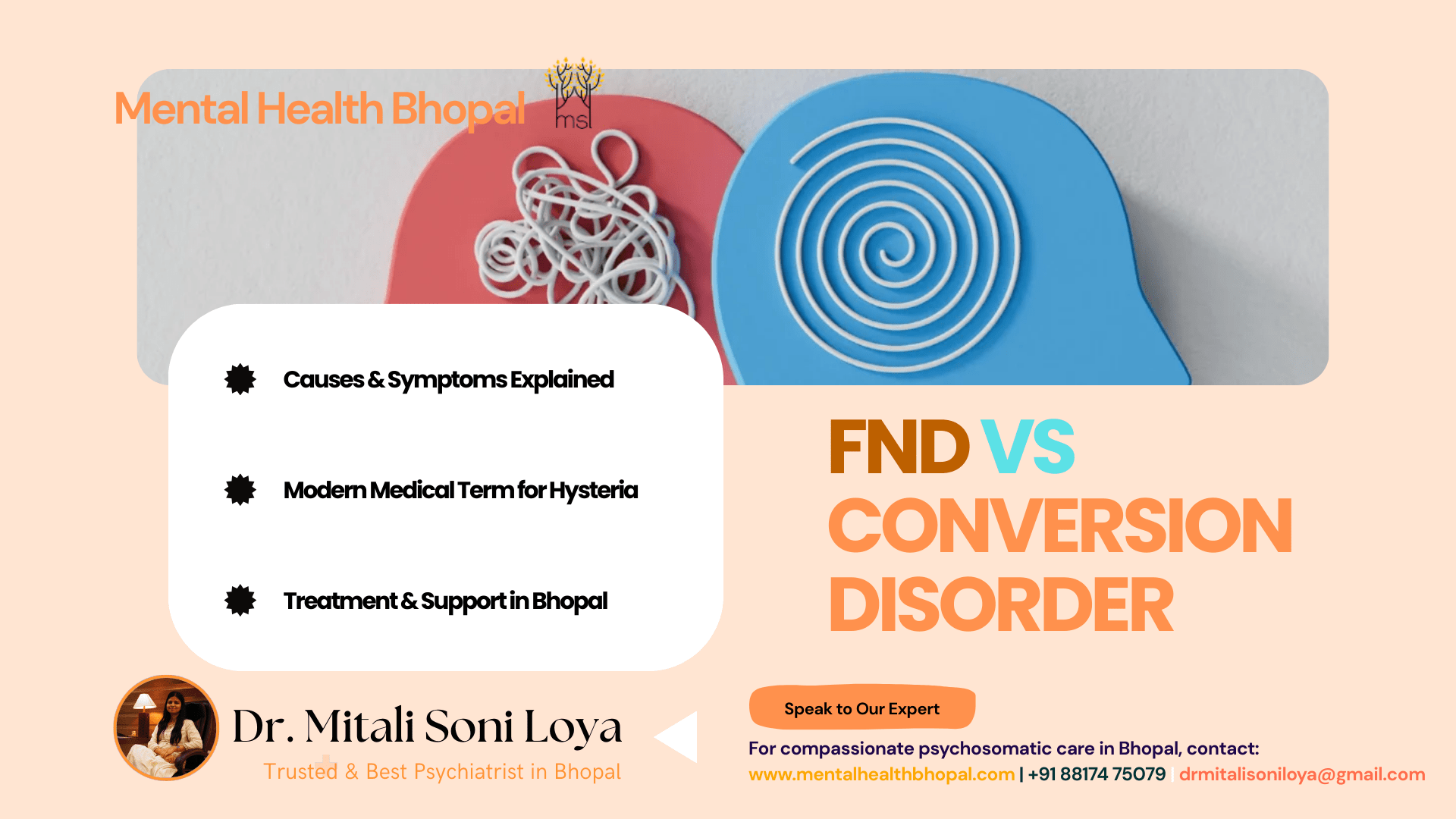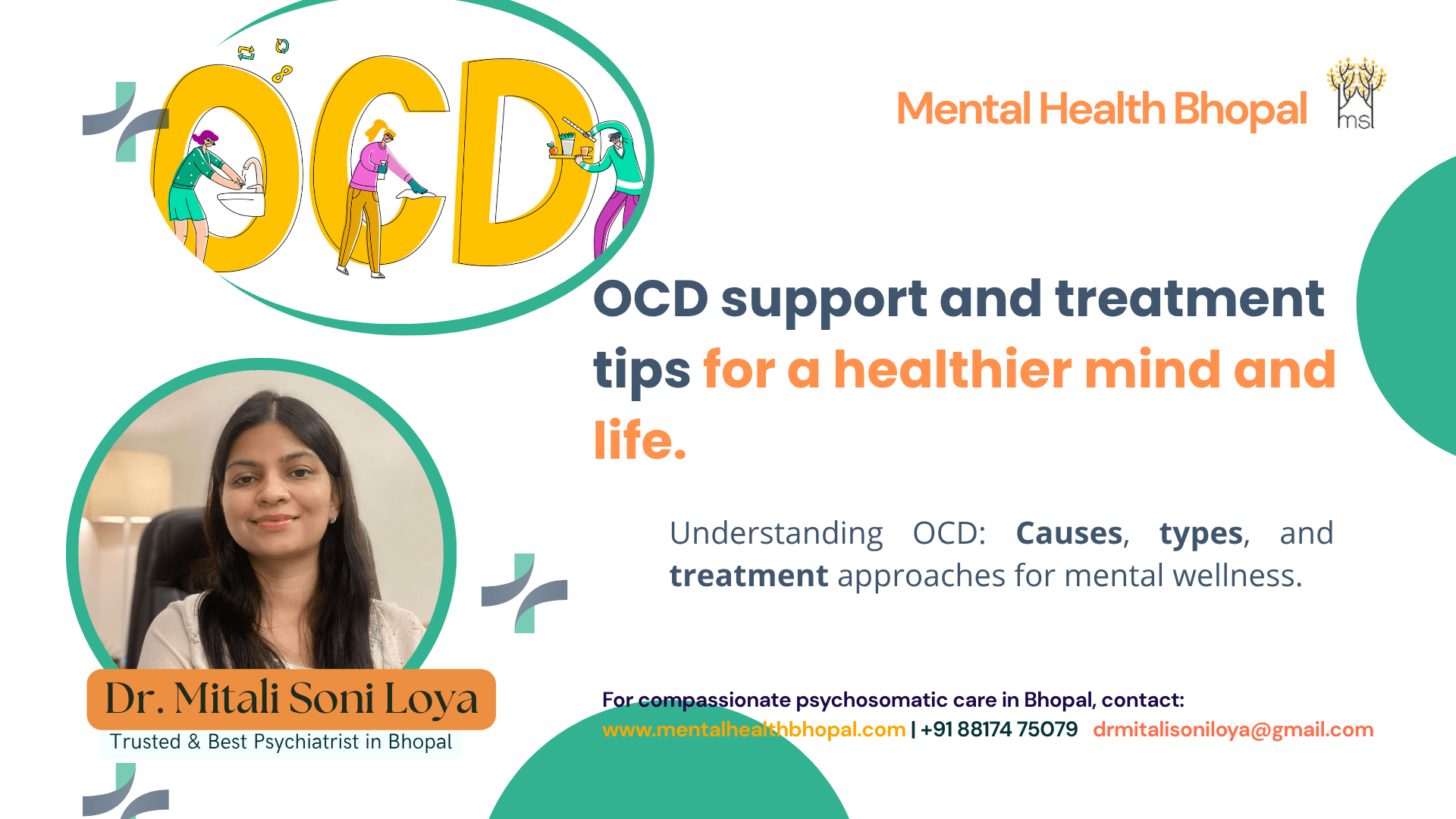We’ve all felt physical reactions to emotional events—like a stomach ache before a stressful meeting or a pounding heart during an argument. But for some, these connections between the mind and body go much deeper. When emotional or psychological distress consistently leads to real, disruptive physical symptoms without a medical explanation, it may be a case of psychosomatic disorder.
This condition blurs the line between mental and physical health. Patients with psychosomatic symptoms are not pretending or exaggerating—they are experiencing genuine distress rooted in the body’s response to emotional overload. Sadly, many suffer in silence or are misunderstood because their medical reports appear normal.
Understanding this condition is critical, not only to reduce stigma but to offer effective, compassionate care. This guide explains what psychosomatic disorder is, its symptoms, causes, and the pathways to healing.
What Is Psychosomatic Disorder?
A psychosomatic disorder is a condition where a person experiences real physical symptoms that are caused or worsened by emotional or psychological factors. The symptoms may affect any system in the body—such as the heart, muscles, nerves, skin, or digestive tract—yet show no detectable disease or structural abnormality in medical tests.
The term “psychosomatic” combines "psyche" (mind) and "soma" (body), highlighting the two-way communication between emotional and physical systems. In this disorder, the mind's unresolved emotional tension expresses itself through bodily discomfort. The result is genuine pain, fatigue, or dysfunction that can feel just as intense and disabling as a medical illness.
These disorders are not imagined or made up. In fact, they are increasingly recognized by modern psychiatry as a mind-body imbalance that requires structured diagnosis and holistic treatment.
Psychosomatic Disorder Symptoms:
Symptoms of psychosomatic disorders can affect nearly every organ system. The wide variety of physical complaints makes it difficult to identify, especially when medical test results return normal.
Common psychosomatic symptoms include:
- Chronic headaches or migraines, especially during periods of emotional strain
- Chest pain or tightness in the chest not caused by heart disease
- Gastrointestinal issues like bloating, nausea, indigestion, or constipation
- Breathlessness, shallow breathing, or frequent sighing
- Muscle stiffness, spasms, or unexplained joint pain
- Fatigue or exhaustion that doesn't improve with rest
- Numbness, tingling, or weakness in the arms or legs
- Dizziness, light-headedness, or feeling faint during emotional stress
- Sleep disturbances such as insomnia or restless sleep
- Increased sensitivity to pain or pressure in the absence of injury
These symptoms often get worse during periods of anxiety, stress, or depression, and may come and go depending on the person’s emotional state. They are not imaginary—just rooted in emotion rather than physical damage.
What Causes Psychosomatic Disorder?
The causes of psychosomatic disorder are complex and typically involve a mix of emotional, behavioral, and biological factors. These include:
- Unresolved emotional trauma: Past experiences of abuse, neglect, violence, or abandonment can remain in the subconscious mind, manifesting through physical symptoms.
- Chronic stress: Prolonged exposure to stress—whether from work, finances, relationships, or caregiving—can dysregulate the nervous system and trigger physical reactions.
- Suppressed emotions: People who internalize sadness, anger, fear, or guilt without expressing or processing them are more prone to somatic symptoms.
- Mental health disorders: Depression, generalized anxiety disorder, post-traumatic stress disorder (PTSD), and obsessive-compulsive tendencies often coexist with or contribute to psychosomatic conditions.
- Learned behavior: In some cases, individuals may have learned from early life experiences to express psychological distress through bodily complaints, especially if emotional expression was discouraged in their environment.
- Nervous system dysregulation: The brain and body become overly sensitized to internal signals, leading to heightened perception of pain, tension, or discomfort even without physical damage.
Importantly, these causes do not mean the person is “making it up.” The body is doing its best to adapt to unresolved psychological stress—and the result is real suffering.
Types of Psychosomatic Disorders:
Psychosomatic symptoms can occur in many forms, and they are classified under different names in medical and psychiatric practice. Some of the most recognized include:
- Somatic Symptom Disorder: Characterized by one or more physical symptoms that cause distress and interfere with daily life, even when there’s no clear medical explanation.
- Conversion Disorder (Functional Neurological Symptom Disorder): Neurological symptoms like paralysis, seizures, blindness, or speech loss with no neurological disease present.
- Illness Anxiety Disorder (Hypochondriasis): A persistent fear of having a serious illness despite reassurance from doctors and normal test results.
- Body Dysmorphic Disorder: An intense preoccupation with perceived flaws in physical appearance, which may lead to distress and avoidant behaviors.
- Pain Disorder: Chronic pain in one or more areas of the body that cannot be fully explained medically, and is worsened by psychological stress.
Each type has its own features, but the common thread is that psychological factors play a central role in the physical expression of the illness.
How Is Psychosomatic Disorder Diagnosed?
Diagnosis requires a careful, respectful, and thorough evaluation by a trained mental health professional, often in coordination with physicians.
The process usually involves:
- Detailed medical history review, including current symptoms and their onset
- Rule-out of all possible physical or neurological conditions through lab tests, scans, and physical exams
- Assessment of psychological patterns, including past trauma, emotional coping, stress levels, and thought patterns
- Observation of how symptoms vary in response to emotional triggers or life events
Diagnosis is never about dismissing someone’s pain. It is about recognizing that the body and mind are working together—and that healing must involve both.
Treatment for Psychosomatic Disorder
Effective treatment of psychosomatic disorder involves a holistic, multidisciplinary approach—treating not only the physical symptoms but also the emotional roots.
Psychotherapy: The most important treatment modality is talk therapy, particularly Cognitive Behavioral Therapy (CBT). It helps the patient:
- Understand the link between stress and physical symptoms
- Reframe unhelpful thought patterns
- Learn how to express emotions safely
- Build new coping strategies for anxiety, trauma, and stress
Mind-Body Interventions: Techniques such as:
- Deep breathing
- Progressive muscle relaxation
- Guided imagery
- Mindfulness meditation
These practices help calm the nervous system, reduce physical tension, and restore balance.
Medication: In cases where depression or anxiety is contributing to psychosomatic symptoms, antidepressants or anxiolytics may be prescribed under medical supervision.
Lifestyle changes:
- Regular physical activity to regulate mood and hormones
- Structured sleep schedule
- Nutritious diet that supports nervous system health
- Reducing alcohol, caffeine, and nicotine
Psychoeducation and support: Helping patients and their families understand that psychosomatic disorders are not signs of weakness, but complex emotional processes that need healing—not shame.
The goal is not just symptom relief, but emotional integration, resilience, and reclaiming a life of balance and peace.
When Should You See a Doctor?
If you’ve been experiencing unexplained physical symptoms, and:
- Multiple doctors or tests have found no clear diagnosis
- The symptoms worsen with stress, conflict, or emotional strain
- You feel unheard, frustrated, or afraid that "nothing will help.
- Your symptoms are interfering with your work, relationships, or self-esteem
- You’ve been diagnosed with depression, anxiety, or PTSD, and notice physical symptoms worsening
It’s time to see a psychiatrist or psychosomatic specialist. You deserve to feel better in both body and mind—and professional care can guide that path.
Conclusion:
Psychosomatic disorders highlight a truth many people ignore: the mind and body are not separate. When emotions go unspoken, the body speaks. The symptoms are not imagined or fabricated—they are signals that your emotional world needs attention.
Healing from a psychosomatic disorder takes courage, understanding, and the right support. But with therapy, lifestyle changes, and professional guidance, many patients recover fully and rediscover joy, peace, and physical freedom.
There is no shame in seeking help. In fact, that is where true healing begins.
Book Your Consultation Today
If you or someone you care about is facing persistent unexplained physical symptoms, it's time to seek help. Schedule a confidential consultation with Dr. Mitali Soni Loya in Bhopal, and begin a journey of holistic healing—where both your body and your emotions are heard and healed.
Clinic Address
10 Ramanand Nagar, Near Lalghati Square, Bhopal, M.P. – 462023
Phone: +91 88174 75079
Email: drmitalisoniloya@gmail.com
Website: www.mentalhealthbhopal.com

 Mitali Soni Loya November 28, 2025
Mitali Soni Loya November 28, 2025
